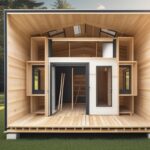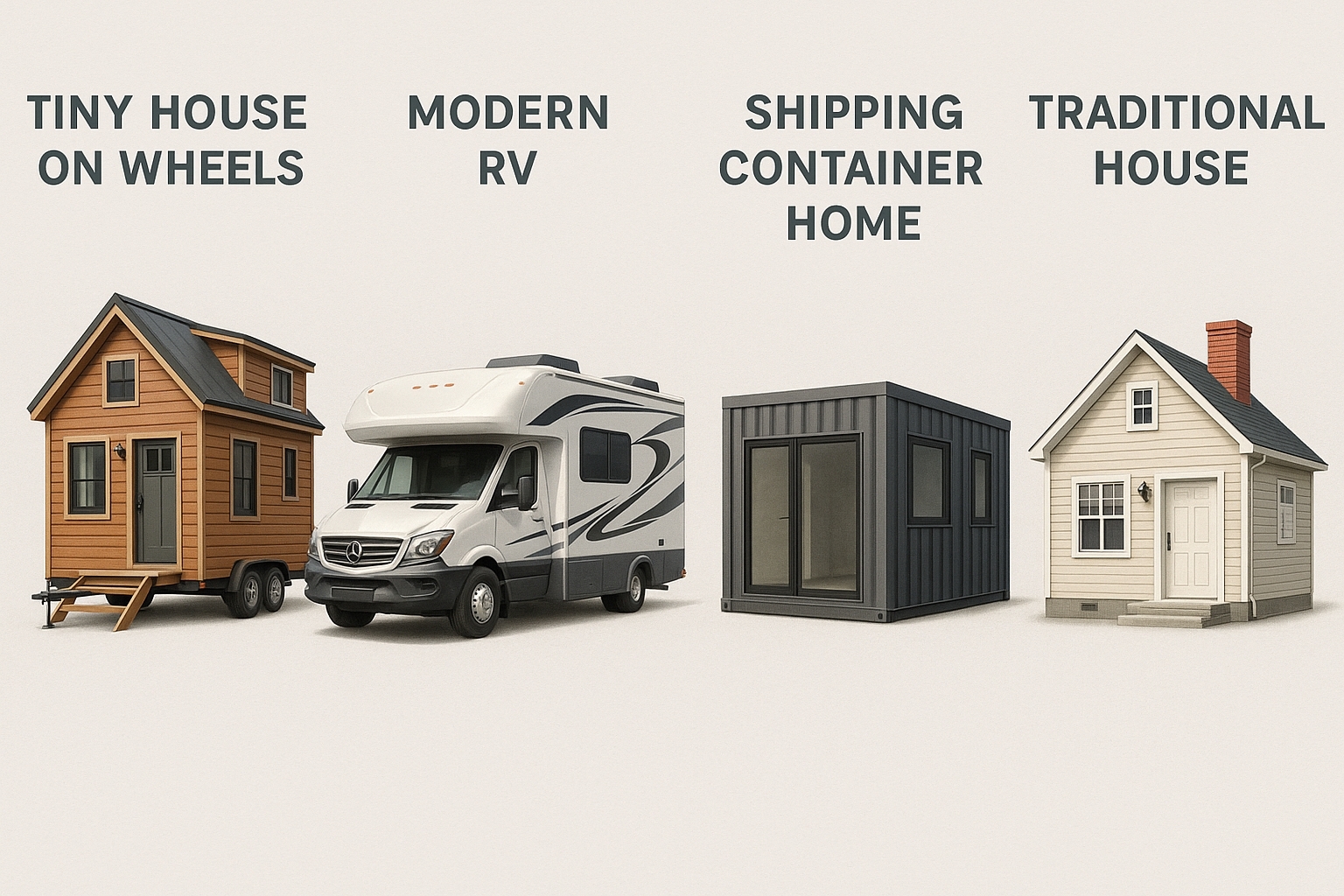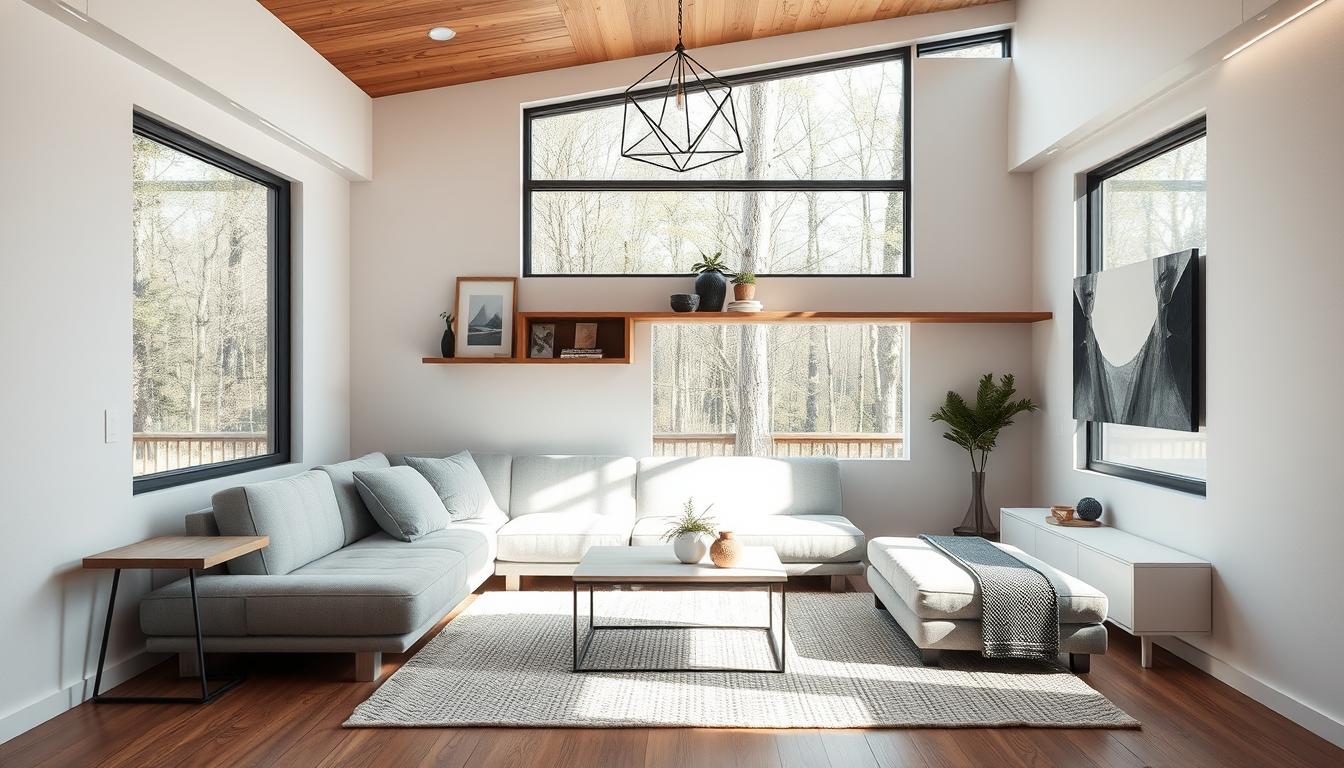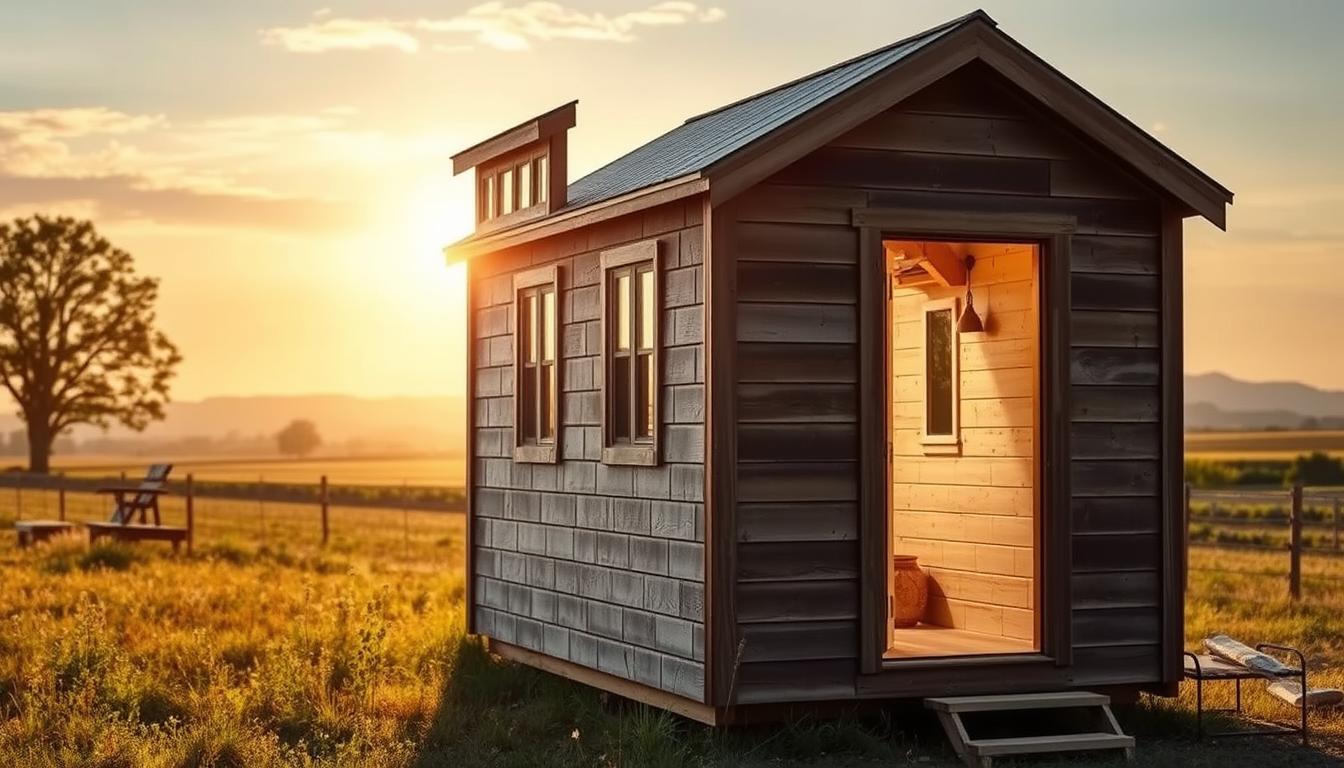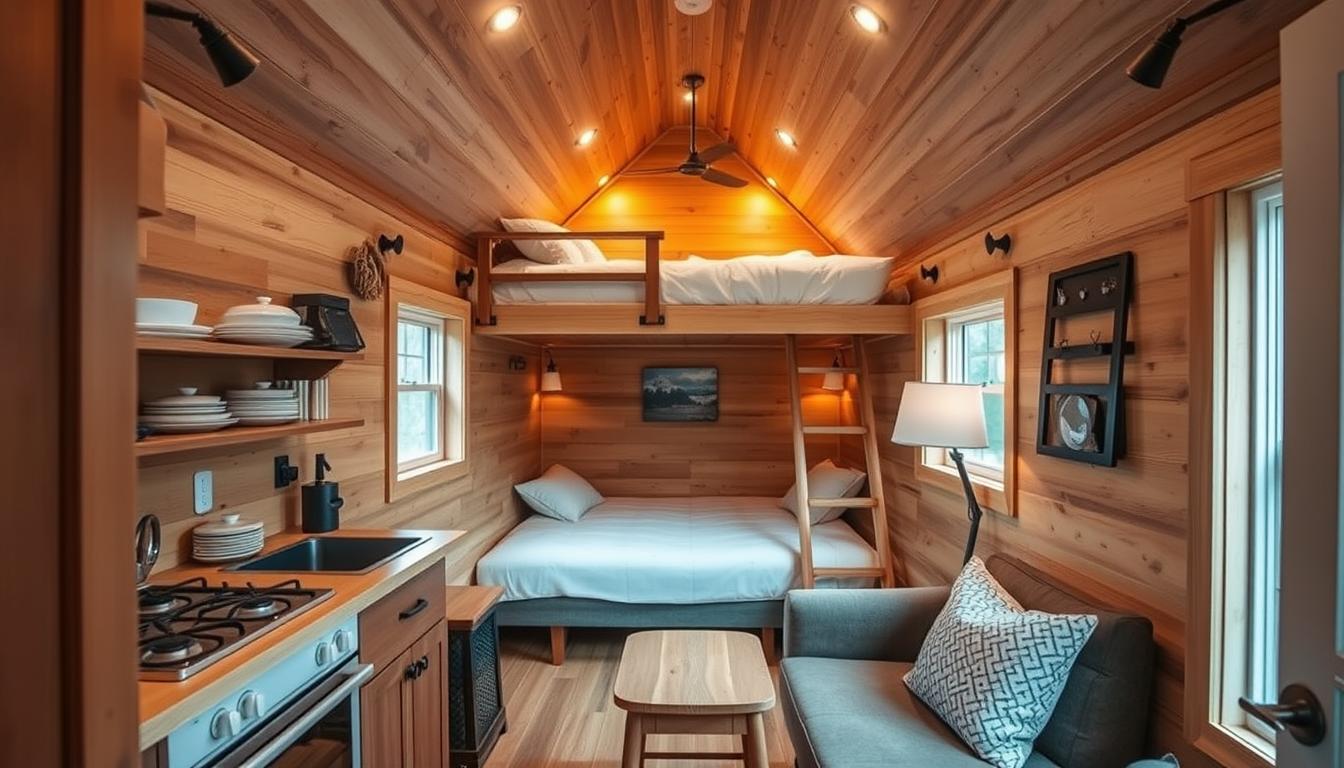What You Will Learn About Tiny House Shells
By reading this article, you will learn:
– The definition and benefits of a tiny house shell
– Factors to consider when choosing and customizing a tiny house shell
– The cost analysis and future trends of tiny house shells
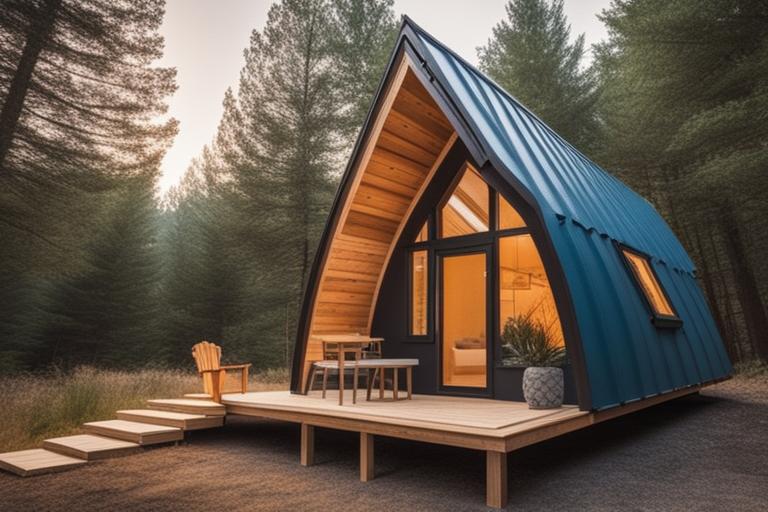
What is a Tiny House Shell?
Have you ever wondered what a tiny house shell is and how it can be a starting point for building your dream home? A tiny house shell is the basic, unfinished structure of a tiny house, typically including the exterior walls, roof, and floor. It provides a solid foundation for DIY enthusiasts to customize and complete the interior according to their preferences.
Significance in the Tiny House Movement
In the context of the tiny house movement, the shell serves as a starting point for individuals seeking a simpler, more sustainable lifestyle. It allows them to build their dream home while minimizing their environmental footprint.
Providing a Head Start for DIY Enthusiasts
For DIY enthusiasts, starting with a shell provides a head start, allowing them to focus on the interior design and customization, which are often the most rewarding aspects of building a tiny house.
Saving Time for Customization
By opting for a pre-built shell, individuals can save significant time on the initial construction phase and move on to the creative and personalized aspects of the project more quickly.
What is a Tiny House Shell?
Definition and Key Features
A tiny house shell is the structural foundation of a tiny house, including the walls, roof, and floor. It is often sold as a customizable unit, allowing individuals to add their personal touch to the interior design and layout.
Benefits of Starting with a Shell
Starting with a shell provides a sturdy and weatherproof structure, reducing the construction time and labor required compared to building from scratch. It also offers a blank canvas for customization.
Common Misconceptions
One common misconception is that a tiny house shell is a finished dwelling. In reality, it is an unfinished structure, requiring interior work to become a livable space.
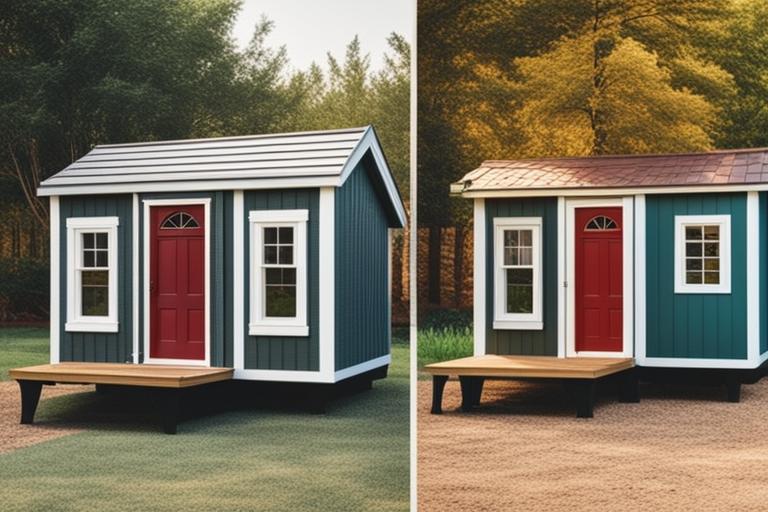
Benefits of Using a Tiny House Shell
Cost-Effectiveness
Opting for a tiny house shell can be more cost-effective compared to building from the ground up, as it reduces labor and material expenses, especially for those with limited construction experience.
Faster Construction
The use of a shell significantly reduces the construction time, allowing individuals to move into their tiny house sooner and start enjoying the benefits of minimalist living.
Flexibility in Personalization
Starting with a shell allows for flexibility in personalization, as individuals can tailor the interior to their specific needs and aesthetic preferences.
Choosing and Customizing the Right Tiny House Shell
Factors to Consider When Choosing a Shell
1. Size
Consider the size of the shell in relation to your space requirements and the available land for placement.
2. Material
Evaluate the durability and sustainability of the materials used in the shell’s construction.
3. Design
Choose a shell design that aligns with your vision for the tiny house, whether it’s a traditional or modern style.
4. Level of Customization
Assess the level of customization the shell allows, ensuring it meets your desired interior layout and design.
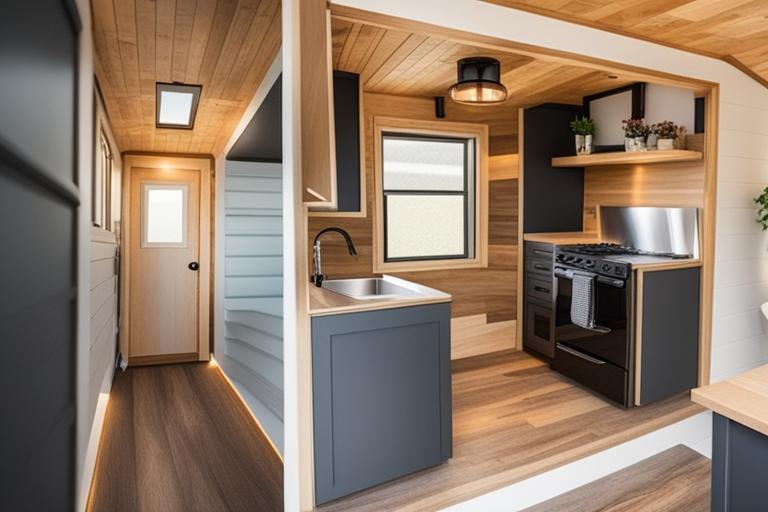
Customization Options and Ideas
1. Interior Layout
Explore different interior layouts to maximize space and functionality, such as loft bedrooms, multipurpose furniture, and storage solutions.
2. Exterior Finishes
Personalize the exterior with a range of finishes, from natural wood siding to modern metal cladding, reflecting your preferred aesthetic.
3. Energy-Efficient Features
Incorporate energy-efficient elements such as solar panels, high-quality insulation, and sustainable heating and cooling systems.
| Factors to Consider | Description |
|---|---|
| Size | Consider the size of the shell in relation to your space requirements and the available land for placement. |
| Material | Evaluate the durability and sustainability of the materials used in the shell’s construction. |
| Design | Choose a shell design that aligns with your vision for the tiny house, whether it’s a traditional or modern style. |
| Level of Customization | Assess the level of customization the shell allows, ensuring it meets your desired interior layout and design. |
Building Your Tiny House Shell
Foundation Preparation
Ensure a stable and level foundation, whether using a trailer or a fixed foundation, to support the shell.
Framing and Structural Considerations
Focus on the structural integrity of the shell, including proper framing and reinforcement for added durability.
Roofing and Weatherproofing
Install a durable and weather-resistant roof to protect the interior from the elements.
Insulation and Energy Efficiency
Implement high-quality insulation to regulate the interior climate and enhance energy efficiency.
Exterior Finishes and Cladding Options
Select exterior finishes and cladding that complement the overall design and provide protection against weather and wear.
Cost Analysis of Tiny House Shells
Comparing Purchasing a Tiny House Shell vs. Building from Scratch
Compare the costs of purchasing a shell with those of building a tiny house from the ground up, factoring in materials, labor, and time.
Potential Savings and Cost Breakdown
Break down the potential savings associated with using a shell, highlighting the reduced labor and construction time.
Budgeting Tips for DIY Builders
Offer practical budgeting tips for DIY builders, including cost-saving strategies and prioritizing essential features.
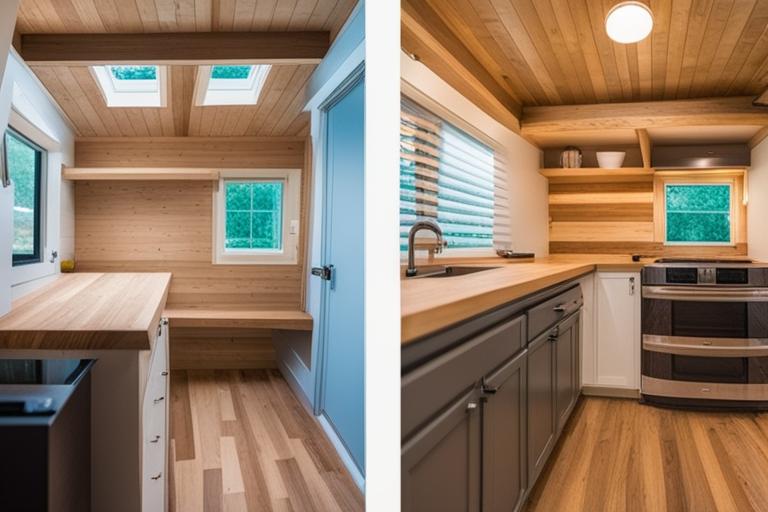
Case Studies and Success Stories
Real-Life Examples of Building or Customizing Tiny House Shells
Share real-life examples of individuals who have successfully built or customized their tiny house shells, showcasing their unique designs and practical solutions.
Practical Insights and Inspiration for Readers
Provide practical insights and inspiration for readers, offering tips and lessons learned from the experiences of others in the tiny house community.
Sarah’s Success Story: Transforming a Tiny House Shell into a Cozy Home
Sarah’s Vision
Sarah, a young professional with a passion for sustainable living, decided to embark on a journey to build her own tiny house. After extensive research, she opted to start with a tiny house shell to save time and kickstart her project.
Customization Journey
With the basic structure in place, Sarah was able to focus on the interior layout and design. She carefully planned the space to maximize functionality while incorporating energy-efficient features and sustainable materials. The freedom to personalize the shell allowed her to create a cozy and inviting living space that reflected her values and lifestyle.
Practical Insights
Sarah’s experience serves as a practical example of the benefits of using a tiny house shell. By sharing her story, readers can gain valuable insights into the process of customizing a shell to create a comfortable and environmentally friendly home. From choosing the right shell to the final touches of interior design, Sarah’s success story offers inspiration and guidance for individuals considering a similar path in the tiny house movement.
Legal and Zoning Considerations for Tiny House Shells
Building Codes and Regulations
Navigate the specific building codes and regulations related to tiny houses in different regions, emphasizing compliance and safety.
Permits and Zoning Requirements
Outline the necessary permits and zoning requirements for placing and living in a tiny house shell, addressing potential challenges and solutions.
Land Use Restrictions and Considerations
Highlight the importance of researching land use restrictions and considering the placement of a tiny house shell within legal boundaries.
Maintenance and Long-Term Considerations
Durability and Longevity of Tiny House Shells
Discuss the durability of tiny house shells and provide maintenance tips to ensure their long-term structural integrity.
Energy Efficiency and Off-Grid Capabilities
Emphasize the energy-efficient features of tiny house shells and their potential for off-grid living, promoting sustainable and self-sufficient lifestyles.
Potential Resale Value and Market Trends
Explore the potential resale value of tiny house shells and trends in the market for pre-built or customized structures.
Future Trends in Tiny House Shells
Sustainable Building Materials and Green Practices
Anticipate the use of sustainable building materials and green practices in the construction of future tiny house shells, aligning with eco-friendly trends.
Innovative Design Features and Technology Integration
Envision innovative design features and technological integration in upcoming tiny house shell models, catering to modern living needs.
By incorporating personal experiences and case studies, this article aims to offer practical insights and inspiration to readers interested in building or customizing tiny house shells. Whether you are considering a tiny house shell as a cost-effective housing solution or as a way to embrace minimalist living, the information provided here aims to guide you through the process and help you make informed decisions.
Questions and Answers
Question: What is a tiny house shell?
Answer: A tiny house shell is the exterior structure of a tiny house, including walls, roof, and windows, without the interior finishing.
Question: Who can benefit from a tiny house shell?
Answer: DIY enthusiasts and those looking to customize their tiny home’s interior can benefit from a tiny house shell.
Question: How can I customize a tiny house shell?
Answer: You can customize a tiny house shell by adding your choice of insulation, interior layout, fixtures, and finishing touches.
Question: What if I don’t have construction experience?
Answer: You can hire a professional to help with the construction and customization of your tiny house shell. Many companies offer build services.
Question: What are the advantages of a tiny house shell?
Answer: A tiny house shell allows you to save on labor costs and personalize the interior to suit your specific needs and design preferences.
Question: How long does it take to build a tiny house shell?
Answer: The time to build a tiny house shell varies based on size and complexity, but it typically takes a few weeks to a few months to complete.
With over a decade of experience in sustainable architecture and construction, Grace Evans is a leading expert in the tiny house movement. Holding a Master’s degree in Sustainable Design and Green Building, Grace Evans has conducted extensive research on the cost-effectiveness and environmental impact of tiny house construction. Their work has been published in renowned journals such as the Journal of Green Building and the International Journal of Sustainable Construction.
As a consultant for sustainable housing projects, Grace Evans has advised numerous DIY enthusiasts and builders on the benefits of using a tiny house shell as a head start for their projects. They have also been involved in real-life case studies, including the successful transformation of a tiny house shell into a cozy home, providing practical insights and inspiration for readers.
Grace Evans is dedicated to promoting the use of sustainable building materials and innovative design features in the construction of tiny house shells, and their expertise has been instrumental in shaping future trends in this rapidly growing field.
